One of the peculiarities of EMS education — and as a byproduct, of EMS practice and culture — is that we spend the majority of our time focusing on the minority of our calls. Think about it: your textbook has pages and pages devoted to ruptured aortic aneurysms, placentas previa, and mid-femur fractures — and when’s the last time you saw one of those? But scarcely a paragraph is given to the routine transfer, the drunk asleep on the sidewalk, or the MVC with minimal injuries. Call it an inverted pyramid: the most important stuff is low-volume, the most common stuff is pretty easy.
Whatever. The point is, at the very apex of this pyramid is the cardiac arrest. In its purest form, cardiac arrest is exactly why EMS exists. It couldn’t be higher stakes — as a disease, it’s absolutely certain to be life-threatening — and it’s terribly time sensitive, but the potential exists for a total cure if everything goes well.
Unfortunately, like many low-probability calls, we don’t get a great deal of experience with these — even less if your shift isn’t dedicated to emergencies. And when we don’t get much experience with something, that’s when training needs to fill in the gaps.
CPR and BLS resuscitation can seem like a confusing topic, especially given the frequent and seemingly arbitrary changes to the guidelines. The truth is, though, that it’s only gotten simpler and simpler — and you don’t need to follow the research (read: be a giant nerd like me) in order to know exactly what to do. Here’s the short, stripped-down, painless rules for how to save a life.
Push and Zap
Basically, after around sixty years of research on resuscitation, there are only two things that we know for sure help people survive cardiac arrest: chest compressions and defibrillation.
Literally, just those two things. Oh, there’s other stuff — ventilation, drugs, devices — that seem to help briefly, but so far nothing else has been proven to get someone’s heart beating again and let them walk out of the hospital with a working brain. Now, some of those other things do seem like pretty good ideas, and in many cases we started doing them before we knew if they’d really help or not, so we’re still doing them because people are used to it; it’s part of our training, and it’ll take some extra-compelling evidence to make us actually stop doing that stuff. But still, the story so far: chest compressions and defibrillation definitely help people survive, and that’s it.
What this means is that they should be your number one priority. If your patient is in cardiac arrest, that’s what they need. Other stuff? It may or may not be helpful; if you have the chance, or the personnel, and it doesn’t interfere with chest compressions and defibrillation, then you could go ahead and do it. It might help. But delaying or stopping the big two for that other stuff is like making a thirsty man wait for a drink of water while you comb his hair.
Early, Hard, Fast, Uninterrupted, and Full Recoil
Okay, so, chest compressions. Easy enough. Anyone can do ’em, all you need is your hands, just jump in there and push.
However, that’s not quite the whole story: the quality of compressions matters a great deal. We are literally pumping blood here; we are creating mechanical pressure to replace the squeezing of the heart. Just like you can wriggle a bicycle pump ineffectually without making much progress on inflating your tires, so too can you make goofy movements on someone’s chest without providing much perfusion. Even at its best, CPR only provides weak circulation compared to a real heartbeat; if you give poor CPR that’s even worse.
So here are the key components:
- Early: Compressions should be initiated as soon as possible after arrest. That means, if I go down now, ideally you’ll start pushing on my chest as soon as I hit the ground. Typically that’s not possible, but mere seconds really do matter here; the longer there’s no circulation, the more tissue is endangered (all tissue, but particularly the vulnerable heart and brain), and the less likely that defibrillation will be successful — or if it is, the more likely there will be permanent complications.
- Hard: Good chest compressions are a violent, aggressive act. We now recommend a depth of at least 2 inches in adults, which if you examine a mannequin (or fellow human) is remarkably deep. (Yes, “at least” means that going deeper is fine; compressions that are “too deep” are rarely seen in real life.) This isn’t a gentle cardiac massage, it’s not the mellow bouncing you usually see in movies, it’s a deep, powerful, oscillating thrust. It should tire you out, which is why we recommend changing personnel frequently; even when you think you’re still doing well after a few minutes, you’re probably not.
- Fast: The recommended rate is now “at least” 100 compressions per minute. Since nobody knows what this means without a metronome, I highly recommend “musical pacing,” or using the beat of a well-known song to learn the rate. Stayin’ Alive by the Bee Gees is the classic; I like Queen’s Another One Bites the Dust myself. Again, 100 is an “at least” rate, so faster is better than slower. Admittedly, if you go extremely fast the heart won’t have time to fill between squeezes, but most “ludicrous speed!” CPR tends to have poor depth, and self-regulates anyway once you get tired.
- Uninterrupted: Just like it’s essential to begin compressions as soon as possible, it’s equally essential to stop them for nothing. It’s not just that every moment you spend off the chest is “dead time” in which no blood is circulating; it’s worse than that. Chest compressions need to generate some “momentum” in order to create enough pressure to perfuse the heart; several consecutive compressions are needed before you’re really moving much blood at all. If you keep stopping — and studies show that everyone stops far more than they realize, to fiddle with one thing or another — you’re wasting those gains as soon as you’ve achieved them. Maximizing this “compression fraction” should be a primary goal; once you get on that chest, don’t stop for anything else unless it’s literally more important than circulating blood.
- Full recoil: Among otherwise skilled rescuers, one of the most common errors is failing to allow for full recoil of the chest. In other words, you press down deeply, but rather than releasing fully, you start the next compression before you’ve come all the way up. This shortens the stroke of the pump just as much as if you were giving shallow compressions, and for several complex reasons (in particular the loss of preload) can reduce circulation in other ways too. We do this one particularly when we start to get tired, and begin to leaaaan forward to rest on the chest.
Defibrillation
It’s really as simple as this: once the heart’s entered fibrillation (or to a lesser extent a pulseless V-tach), the only plausible way to fix it is with electricity. These people are not going to “come to”; they are not going to have a Baywatch moment where they cough out water and wake up, even if you give them great CPR. They have an intractable problem, and the cure for it is an electric shock. Defibrillation is life-saving.
For most of us, this means using an AED, the automated devices you see everywhere from airports to ambulances. The reason they’re everywhere is because their use is time-sensitive, and if you drop dead ten miles from the nearest one, it might as well be ten light-years. No matter where you are, compressions must be performed to buy you time, and a defibrillator must be found to shock you back. If both don’t happen quickly, you will probably stay dead forever.
There are argument about some of the technical aspects of defibrillation, such as pad placement and waveform, but so far none of these details have proven to be very important. What is important is that you shock early, and get ready to shock without interfering with those compressions. Whenever possible, while one person gives compressions, someone else should clear off the chest by cutting or pulling the shirt from under the compressor’s hands, place the pads around them, and start the AED’s cycle. For many models of AED, there will be a period of several seconds while it walks you through voice prompts (telling you to stay calm, call for help, etc; these devices are designed to be usable by laypersons with no training), which should be ignored while you continue your CPR.
Once the AED tells that it’s analyzing the rhythm, you will need to stop compressions; this is the computer’s opportunity to decide whether the patient can be shocked or not, and interfering with this will just delay the process. If it doesn’t advise a shock, get back on the chest; you may have better luck later. If it does advise a shock, get back on the chest anyway! It’ll need to charge first, which may take quite a few seconds, and remember — every second matters. (Just make sure the whole team’s on the same page here, so that nobody pushes “Shock” until you’re clear.)
As soon as the AED announces that it’s ready to shock, everyone should be ready: cleared from the patient and prepared to shock. In a coordinated fashion, the compressor should clear the chest, the shock should be delivered, and he should immediately resume compressions with a pause of only a second or two. Rinse, lather, repeat.
When do you stop this process? When someone much smarter than you says to stop; or when the patient demonstrates clear signs of life (such as movement, breathing, or improved skin signs — or for the medics, a spike in end-tidal CO2). Don’t keep stopping to palpate pulses and otherwise fiddle with the patient. Like a soufflé or a Schroedinger’s cat, you must have faith in the process here, because checking on the process will assuredly cause it to fail.
It Ain’t Rocket Science
People, there are other details to this process, which is why they make us take CPR classes and carry the little cards around. And in 2015, there might be some new ideas on how we can do it best. Research continues apace in the countless EMS systems around the world that are experimenting with different technologies, techniques, and methods to improve survival. That’s how we’ve come from 1–2% survival rates to the 50%+ that a few cities now enjoy. It’s slow going, but it’s going.
But the best methods won’t matter if you don’t use them, and a lot of effort has been given to make our current methods truly simple. You literally can’t go wrong if you give great compressions and defibrillate as soon as possible. You can certainly go wrong if you forget that those are the two most important, life-saving measures — but you’d never forget that, would you?
Push and zap, folks. It’s so easy, an EMT can do it.
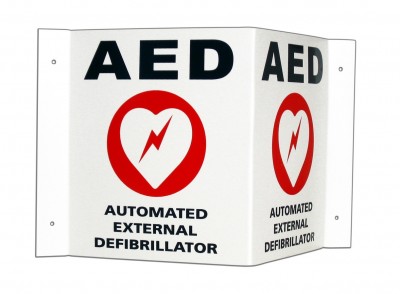
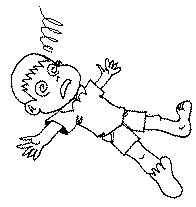
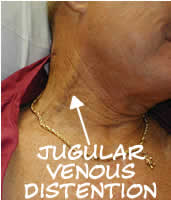
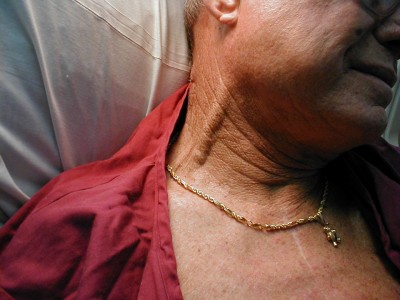
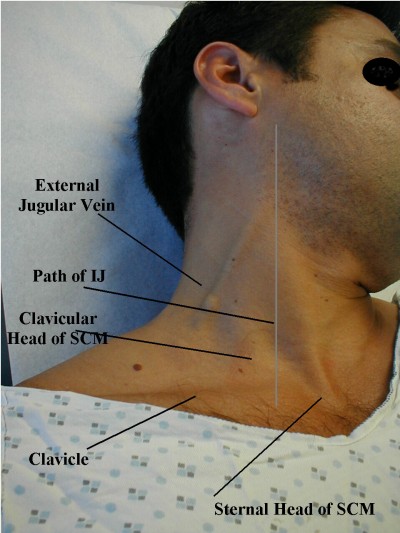
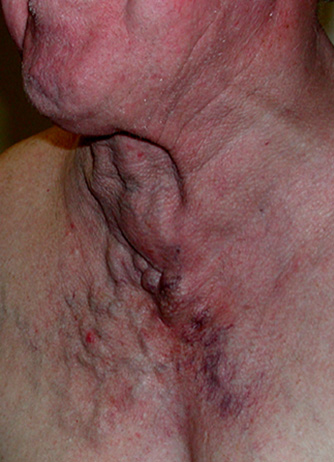
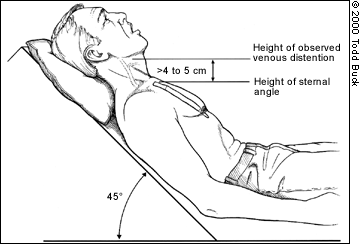
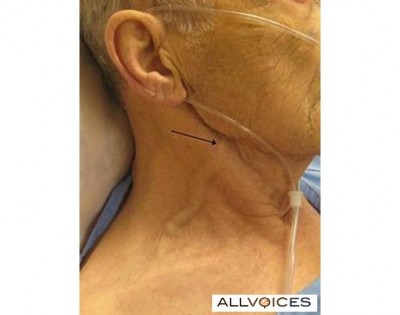
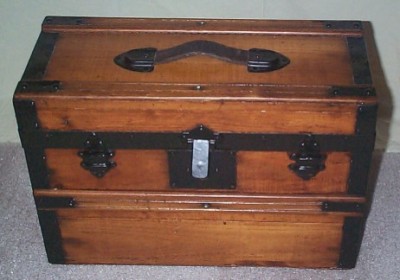
Recent Comments